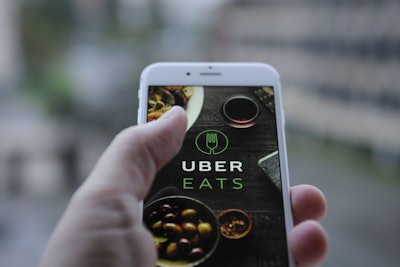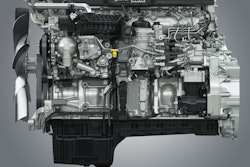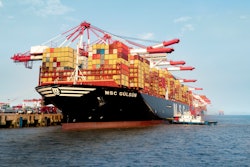
New data from Dragontail Systems reveals that just 11% of U.S. consumers will stop ordering delivery and start going to restaurants once stay-at-home orders lift.
Consumers fault restaurants for poor delivery practices
The past 9-10 weeks have been a serious adjustment for the restaurant industry. Restaurants have either completely shut down or have adjusted their offerings and hours to keep up with bills and demand from their clients. Even in this difficult landscape, consumers have become more cautious than ever, which has even led them to shy away from their go-to restaurants if they weren’t getting the experience they expected.
Nearly 70% respondents said food delivered not using protective gear has deterred or would deter them from ordering from the same restaurant again. Additionally, nearly 40% of respondents said they’d fault the restaurant if they placed an order through a delivery app and had a poor experience.
Post-COVID-19, contactless carryout will be king
While consumers have shifted into what is their New Normal, they are still very much in tune with what is quick, safe and most convenient when it comes to ordering food.
Of those who said they were using delivery aggregators more than they did before, over 70% said they would be more inclined to order for carryout over delivery if given the option for a contactless experience. Also, of those who said they were spending more on delivery/carryout, 73% said they would be more inclined to order for carryout over delivery if given the option for a contactless experience. By providing the option of contactless carryout, restaurants will put themselves at an advantage being able to provide what a customer wants quickly and safely while reducing the need to use delivery services that eat into restaurant profits.
Consumers have high expectations for delivery
Consumers have always had high expectations when it comes to ordering out food. And, that has only been exacerbated since COVID-19. Over 80% of respondents said that they were using delivery aggregators the same or more than they did before COVID-19. And, they shared that their poorest deliveries resulted from their orders being incorrect or incomplete, and not being delivered hot, fresh and on time.
This sentiment was particularly apparent for those who said they haven’t ordered food for delivery during COVID-19, with over 50% of respondents saying they would be more comfortable with delivery if they could monitor their order’s preparation from start to finish.
Restaurants are again in a unique position to exceed customer expectations. And technology can help. This is the time for restaurants to take a step back and reevaluate what has and hasn't worked, especially as COVID likely altered everything they were used to and see where they can optimize their offerings.
Delivery costs are still very much top of mind for consumers
It’s no secret that the economy has had an impact on both restaurants and consumers. And, while a majority have said they have ordered for delivery during COVID-19, 27% of those said that expense was their greatest deterrent. This sentiment was also apparent in those who said they had not ordered for delivery during COVID-19. While over 30% said they never ordered food before COVID-19 and weren’t about to start now, nearly 20% said their biggest deterrent was expense.
However, 42% of consumers shared COVID-19-related concerns, saying they weren’t confident in restaurant sanitation, they felt their exposure was higher when using delivery services and that they had never ordered out and weren’t about to start now.
Additionally, even though delivery/order out expenses have been a deterrent for those ordering, consumers aren’t skimping out on tipping. Nearly 95% of respondents said that they were tipping either the same or more than they were before COVID-19. 44% said they are tipping 1-30% higher than they usually do.
There is a need for restaurants to ensure that they are providing the best service to their customers, including their delivery workers that are on the front lines. Being able to provide a seamless, transparent, in-house customer experience that doesn’t eat into profits is how restaurants are going to stay afloat.

















